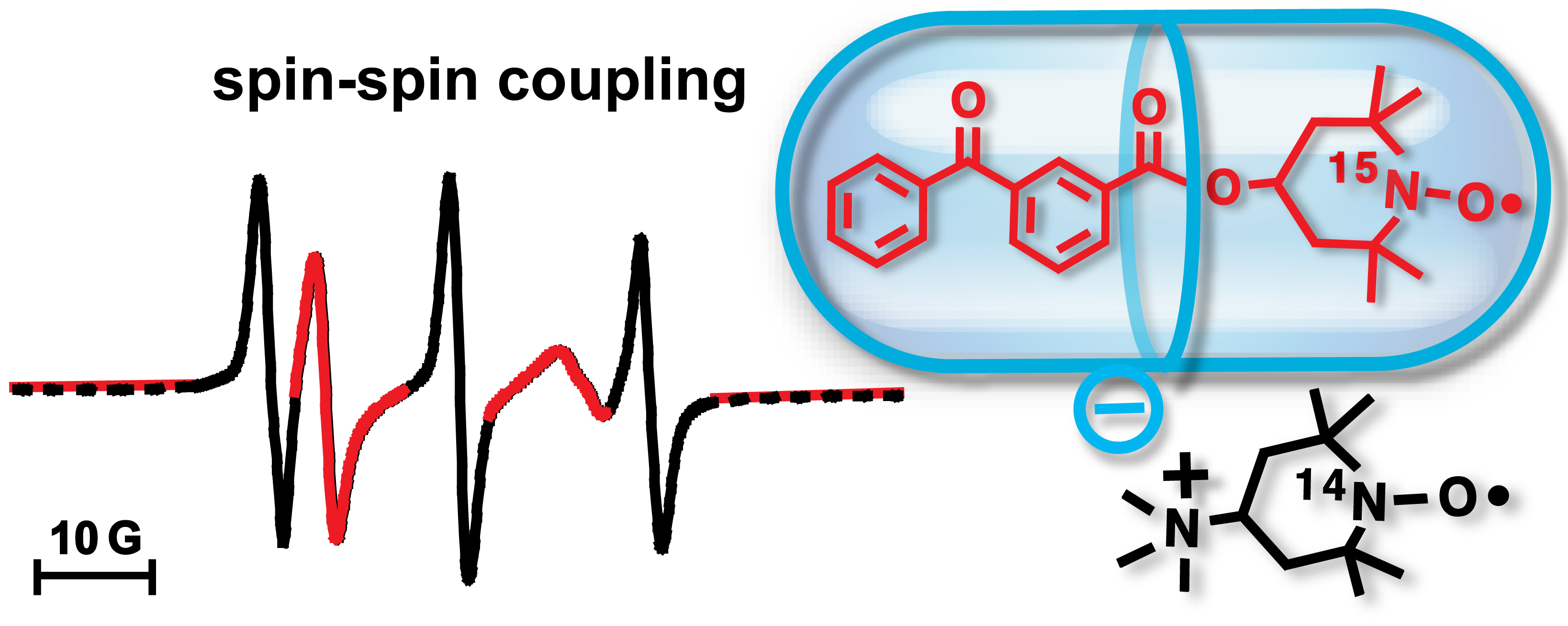Tuesday, May 20, 2008
Student Union Building, Upper (Queensborough Community College)
492
An EPR and NMR Study of Supramolecular Effects on Spin-Spin Coupling Between a Nitroxide Incarcerated within a Nanocapsule with a Nitroxide in Bulk Aqueous Media
 |
A 15N labeled nitroxide derivative containing a benzophenone chromophore was incarcerated into an octaacid nanocapsule, which was confirmed by 1H NMR and EPR spectroscopy. Electron spin-spin superexchange between the 15N labeled incarcerated nitroxide and a 14N labeled free nitroxide in the external aqueous solution was observed by EPR spectroscopy. The observation of spin-spin coupling, through the walls of the carcerand is reflected in the simultaneous line-broadening of both the 15N labeled and 14N labeled nitroxides. The computer-assisted analysis of the EPR data further provides direct information on the motion and the polarity of both the incarcerated paramagnetic nitroxide and the nitroxides in the external bulk aqueous phase. We also show how communication between an incarcerated guest and molecules in the bulk solvent can be enhanced or inhibited by supramolecular factors such as Columbic attraction or repulsion between a charged guest@host complex (incarcerated 15N nitroxide) and charged molecules in the aqueous phase. In addition, time resolved EPR experiments were performed, where incarcerated 15N nitroxide labeled benzophenone was excited by laser pulses to generate spin polarized 15N nitroxides. The spin polarization of the incarcerated 15N nitroxide was transferred to a 14N labeled free nitroxide in the external solution.